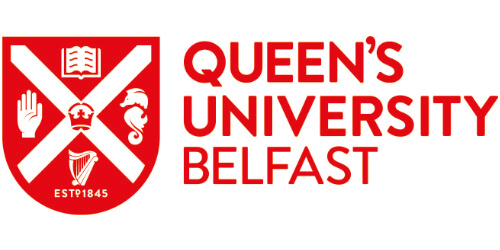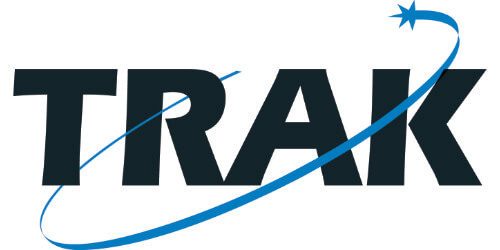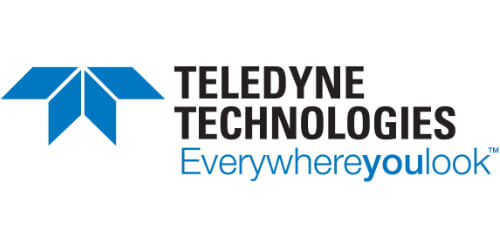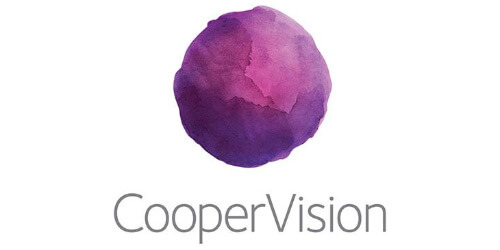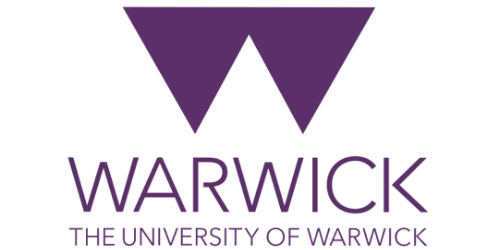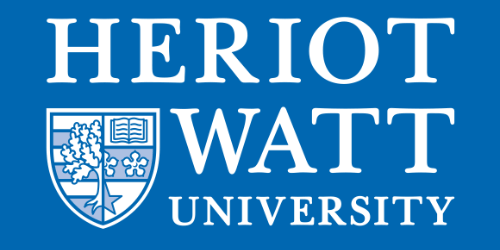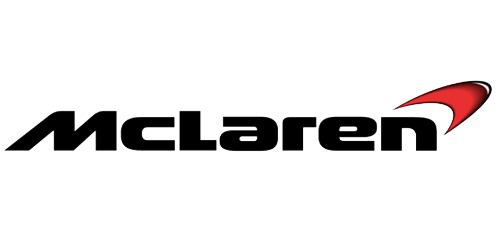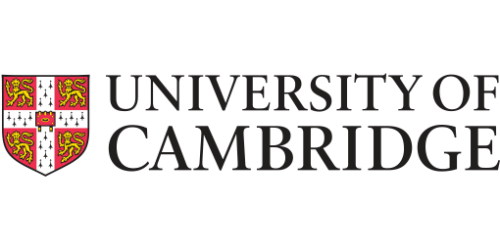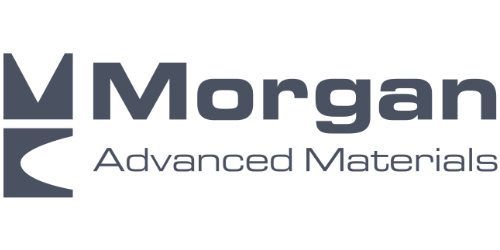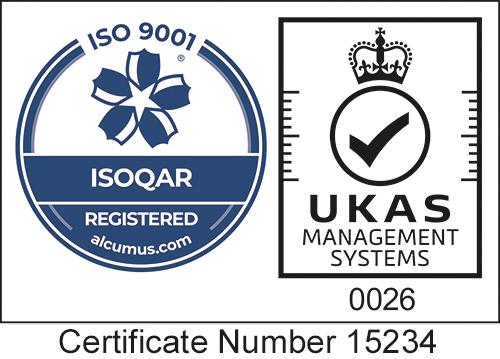Recently, thin-film boiling, via the Leidenfrost effect, has been demonstrated as a promising concept for converting thermal energy to mechanical motion. In this 2019 published paper, the authors address two key challenges users face when working with Leidenfrost heat engine levitating rotors and their sustained rotation. Their aim, “to provide new opportunities for novel approaches for heat to motion conversion in extreme environments”.
The initial challenge facing researchers was the replenishment of liquid to achieve continuous operation of the device and the second, to broaden the temperature range and subsequently the stability of the rotor. Their intention was to produce superhydrophilic coatings to the substrate in order to contest the negative effects. The coatings were achieved in part by using Henniker’s HPT-100 system.
Results and further information can be found in our brief summary below;
Leidenfrost heat engine: Sustained rotation of levitating rotors on turbine-inspired substrates.
Introduction
A Leidenfrost rotor is where a solid component is coupled to a rotating liquid volume using surface tension, and levitated in continuous operation over a turbine-inspired substrate.
The Leidenfrost rotor in this paper consists of a volume of water levitating over a heated turbine-inspired substrate and supporting a thin circular solid glass plate (diagram below).

(image courtesy of https://www.sciencedirect.com/science/article/pii/S0306261919303320#s0070)
Method
They used two methods to clean a glass plate; rinsing with IPA / DI water and a Henniker HPT-100 plasma system.
“The glass plates were cleaned using two different methods: (1) rinsing with isopropyl alcohol (IPA) and de-ionized (DI) water and then dried using compressed air; (2) plasma-cleaning for 30 s at 100% power (Henniker Plasma HPT-100). The latter method was used to make the glass plate superhydrophilic and, therefore, to enhance its coupling with the liquid.”
Results

(image courtesy of https://www.sciencedirect.com/science/article/pii/S0306261919303320#s0070)
In the diagram above (b) Is the plasma-treated glass plate and only exhibits a faint vapour bubble whereas the others have a more prominent vapour bubble. The formation of a vapour bubble in the motor in this process is unfavourable as it causes liquid redistribution and leads to an unstable plate rotation.
“Although a vapour bubble is still faintly visible under the plasma-treated glass plate in Fig. 4(b) (above) , the plate rotation is relatively more stable compared to the untreated glass plate under the same operating conditions. With plasma cleaning, the plate rotation demonstrated no measurable radial or vertical displacement at terminal angular speed. The terminal speed and torque also show a slight increase relative to the IPA and DI water rinsed glass plates (Fig. 5 below)”


(image courtesy of https://www.sciencedirect.com/science/article/pii/S0306261919303320#s0070)
Fig. 5. Variation of (a) terminal angular speed, (b) torque with temperature for plasma cleaned glass plate compared to a glass plate rinsed with Isopropyl alcohol (IPA) and de-ionized (DI) water. The variation in temperature is ±5 °C.
In conclusion
Stability and temperature were sufficiently altered through the use of plasma cleaning.
“The size of these vapour bubbles affects the stability of the rotation of the plate and the obtained torque. The use of a glass plate allows us to monitor the liquid distribution over the substrate and, therefore, assess methods to ensure a stable rotation. We find that by making the glass plate hydrophilic or superhydrophilic and using substrates with deeper grooves, the formation of the vapour bubble at the centre of the substrate is reduced. This leads to a better coupling between the solid and liquid components and a stable rotation of the Leidenfrost rotor.”
VIDEO LINK TO PLASMA CLEANED ROTOR
TO READ THE FULL PAPER PLEASE CLICK THIS LINK



